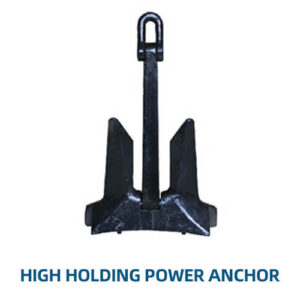Key Features of Open Type Lifeboats:
- Design and Construction:
- Open Design: The lifeboat has an open deck with no enclosed cabin, allowing for quick access and evacuation. It typically has a covered or partially covered area for protection against the elements.
- Durable Materials: Constructed from robust, marine-grade materials such as fiberglass, aluminum, or reinforced plastics, designed to withstand harsh marine conditions.
- Buoyancy and Stability: Designed to be buoyant and stable in the water, with features to ensure it remains upright and functional even in rough seas.
- Safety and Equipment:
- Emergency Equipment: Equipped with essential safety equipment including life vests, first aid kits, distress signals (flares), fire extinguishers, and emergency rations.
- Communication Devices: May include communication devices such as radios or satellite phones for maintaining contact with rescue services.
- Navigation and Survival Gear: Often includes navigational aids and survival gear to assist in finding safe locations and surviving until rescue.
- Performance Characteristics:
- Ease of Deployment: Open type lifeboats are generally easier to deploy and board compared to enclosed types, which can be crucial in emergency situations.
- Capacity: Designed to accommodate a significant number of passengers, providing adequate space for crew and passengers during evacuation.
- Water Entry: The open design allows for easier boarding and quick access to the lifeboat, even in rough sea conditions.
- Applications:
- Commercial Shipping: Used on cargo ships, passenger vessels, and tankers to provide a means of evacuation in emergencies.
- Offshore Platforms: Employed on offshore oil rigs and platforms where rapid and accessible evacuation is required.
- Maintenance and Inspections:
- Regular Inspections: Open type lifeboats require regular inspections to ensure they are in good working order and comply with safety regulations.
- Training: Crew members should be trained in the proper use and deployment of the open type lifeboat to ensure effective evacuation during emergencies.
- Regulations and Standards:
- International Regulations: Must comply with international maritime safety regulations, such as those established by the International Maritime Organization (IMO) and the SOLAS (Safety of Life at Sea) Convention.
- Certification: The lifeboat should be certified by relevant maritime safety authorities to ensure it meets safety and performance standards.
Advantages of Open Type Lifeboats:
- Rapid Deployment: The open design allows for quick access and deployment, which is crucial in emergency situations.
- Ease of Boarding: Provides easy boarding and access, making it simpler for passengers and crew to evacuate swiftly.
- Cost-Effective: Generally less expensive than enclosed lifeboats due to the simpler design and fewer materials required.
Considerations for Open Type Lifeboats:
- Exposure to Elements: Passengers are exposed to weather conditions and sea spray, which may be uncomfortable and challenging in severe weather.
- Protection: Offers less protection compared to enclosed lifeboats, which may be a consideration in extreme weather conditions.
Open Type Lifeboats are an essential safety feature for maritime and offshore operations, providing a practical and efficient means of evacuation. Their design emphasizes rapid deployment and accessibility, making them a valuable component of emergency preparedness and response plans.






